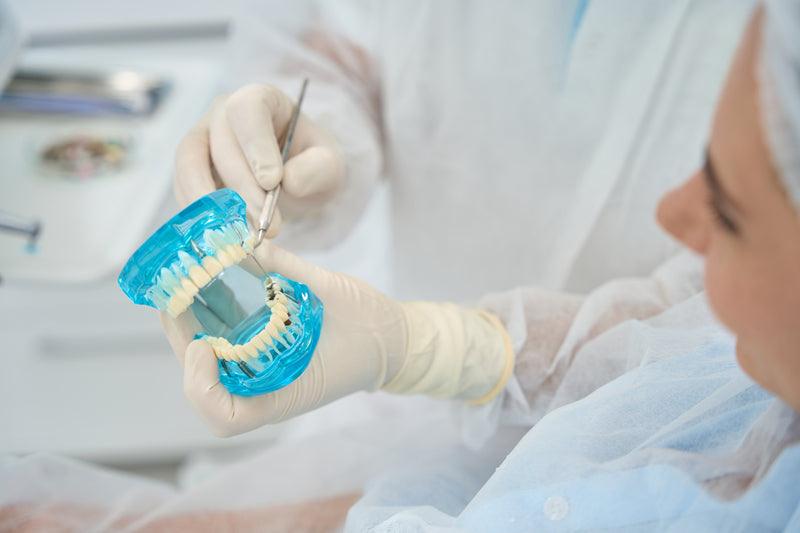What You Need to Know About Prostate Cancer
Prostate cancer is a significant health concern affecting men, particularly as they age. Understanding the basics of prostate cancer, including risk factors, symptoms, diagnosis, treatment options, and prevention strategies, is crucial for early detection and effective management.
Related Topics (Sponsored Ads):
This article aims to provide a comprehensive overview of prostate cancer to empower individuals with knowledge about this prevalent form of cancer.
Overview of Prostate Cancer
Prostate cancer develops in the prostate gland, a small walnut-shaped gland in men that produces seminal fluid. It is one of the most common types of cancer in men, but fortunately, it tends to grow slowly and often remains confined to the prostate gland, where it may not cause serious harm. However, some prostate cancers can be aggressive and spread quickly.

Risk Factors
Several factors may increase the risk of developing prostate cancer:
- Age: The risk increases with age, especially after age 50.
- Family History: Having a family history of prostate cancer, especially in a father or brother, increases the risk.
- Race/Ethnicity: African-American men and Caribbean men of African ancestry are at higher risk than men of other races.
- Diet: A diet high in red meat or high-fat dairy products and low in fruits and vegetables may increase the risk.
- Obesity: Being obese or overweight may be associated with a higher risk of aggressive prostate cancer.
Symptoms
In the early stages, prostate cancer may not cause symptoms. As the cancer progresses, symptoms may include:
- Urinary Problems: Difficulty urinating, weak or interrupted urine flow, frequent urination (especially at night), or pain or burning during urination.
- Blood in Urine or Semen: Blood may be present in the urine or semen.
- Erectile Dysfunction: Difficulty achieving or maintaining an erection.
- Pain: Discomfort in the pelvic area, lower back, hips, or upper thighs.
Diagnosis
Diagnosing prostate cancer often involves a combination of tests:
- Digital Rectal Exam (DRE): A doctor checks the prostate gland by inserting a lubricated, gloved finger into the rectum to feel for abnormalities.
- Prostate-Specific Antigen (PSA) Test: A blood test that measures PSA levels. Elevated PSA levels may indicate prostate cancer, but other conditions can also cause high PSA levels.
- Biopsy: If other tests suggest prostate cancer, a biopsy is performed to remove small samples of prostate tissue for examination under a microscope.
Treatment Options
Treatment for prostate cancer depends on several factors, including the stage and aggressiveness of the cancer, overall health, and personal preferences. Treatment options may include:
- Active Surveillance: Monitoring the cancer with regular PSA tests, DREs, and biopsies to see if it progresses.
- Surgery: Surgical removal of the prostate gland (prostatectomy).
- Radiation Therapy: Using high-energy rays to kill cancer cells.
- Hormone Therapy: Lowering or blocking the production of testosterone, which can help slow the growth of prostate cancer cells.
- Chemotherapy: Using drugs to kill cancer cells.
- Immunotherapy: Stimulating the immune system to attack cancer cells.
Prevention and Lifestyle Factors
While not all cases of prostate cancer can be prevented, certain lifestyle choices may lower the risk:
- Healthy Diet: Eat a balanced diet rich in fruits, vegetables, and whole grains. Limit intake of red meat and high-fat dairy products.
- Exercise: Engage in regular physical activity to maintain a healthy weight and reduce the risk of prostate cancer.
- Screening: Discuss with your healthcare provider about when to start screening for prostate cancer based on your individual risk factors.
Conclusion
Prostate cancer is a common cancer among men, but early detection and advances in treatment have improved outcomes significantly. Understanding the risk factors, symptoms, diagnostic methods, treatment options, and preventive measures can empower individuals to take proactive steps for their health. Regular screenings and maintaining a healthy lifestyle play critical roles in reducing the risk of prostate cancer and promoting overall well-being.




